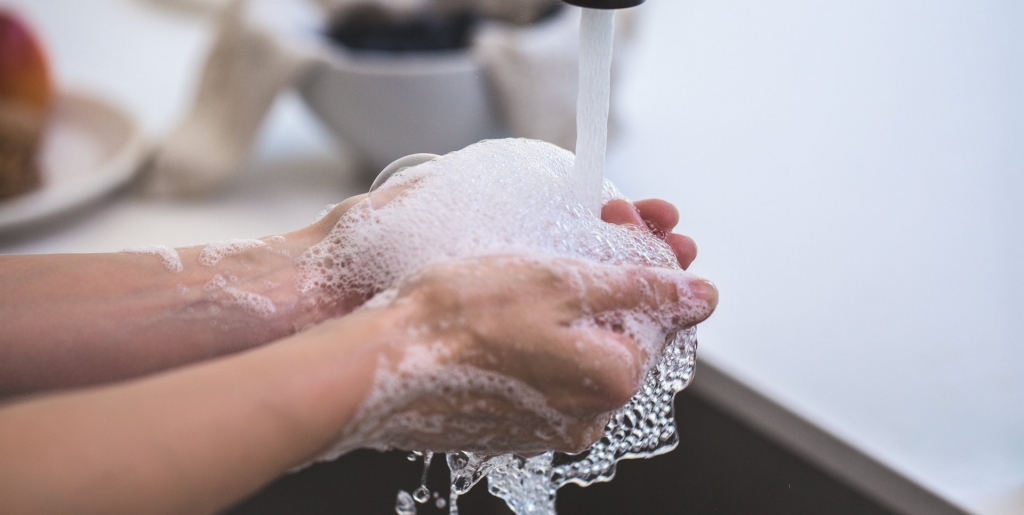Water Treatment System
Reading to kids at night can be both stressful (either too many questions, or literally no interest at all), enjoyable, or somewhere in the middle. Your loyal scribe engages in said activity quite often, and every now and again some “ah-ha” moments crop up. The other day one of those moments emerged when reading about the solar system. Questions such as, “are we alone, Dad,” “who made the universe,” and “why can’t we survive on other planets?” The last one seemed like the easiest to answer, and while answering said question something emerged – water is important.
Air is vital, no doubt, but without water there is no life … at least for humans and the animals that occupy this planet with us. Water in many countries is as valuable as gold. In the States it is of course vital, but in many ways we take it for granted. We are flush with water, have excellent infrastructure for delivering it safely and cost-efficiently, and never think twice (most of us) surrounding whether we can count on the same level of service in the future. In line with all this however is the treatment of water before it is safe to consume.
Home water treatment systems are available in two sizes – point-of-use (POU) and point-of-entry (POE). POU devices will treat water for cooking and drinking and are typically installed near the bathroom or kitchen taps. These will treat a couple gallons of water per day (depending on the volume of use of course). POE devices on the other hand treat all water that enters the home, and this occurs via a connection to a main water line. With POE devices, 100 to 300 gallons of water … per day … is being treated. Talk about a difference!
Now, water quality can fluctuate over time. The height of the groundwater table, rainfall, the season of the year, all of this affects how often one should consider treating their water. Prior to choosing a treatment system it is recommended to engage in some trials to test the level of chemical constituents and bacteria. Pure water is H2O, and nowadays, finding “virgin” H2O is hard if not impossible. On the bacteria side, many water treatment systems specialize in UV treatment to disinfect the water. This method will kill all the contaminating bacteria which could lead to illness or worse. You also want to keep an eye on excess mineral build-up from magnesium or calcium. In line with bacteria this is not great for human consumption.
Multi-contaminant removal will work on removing sediment, chlorine or chemicals that result from damaged pipework. Many times, you will know if these things have gotten into your water as you will taste the metal or chemicals. And finally, brackish water treatment. This is aimed at rainwater, designed to remove algae and other bacteria so the water is safe to drink.
The goal is pure H2O at the end of the day. Not easy, but doable with a proper water treatment system.


Comments:
Login to leave a reply